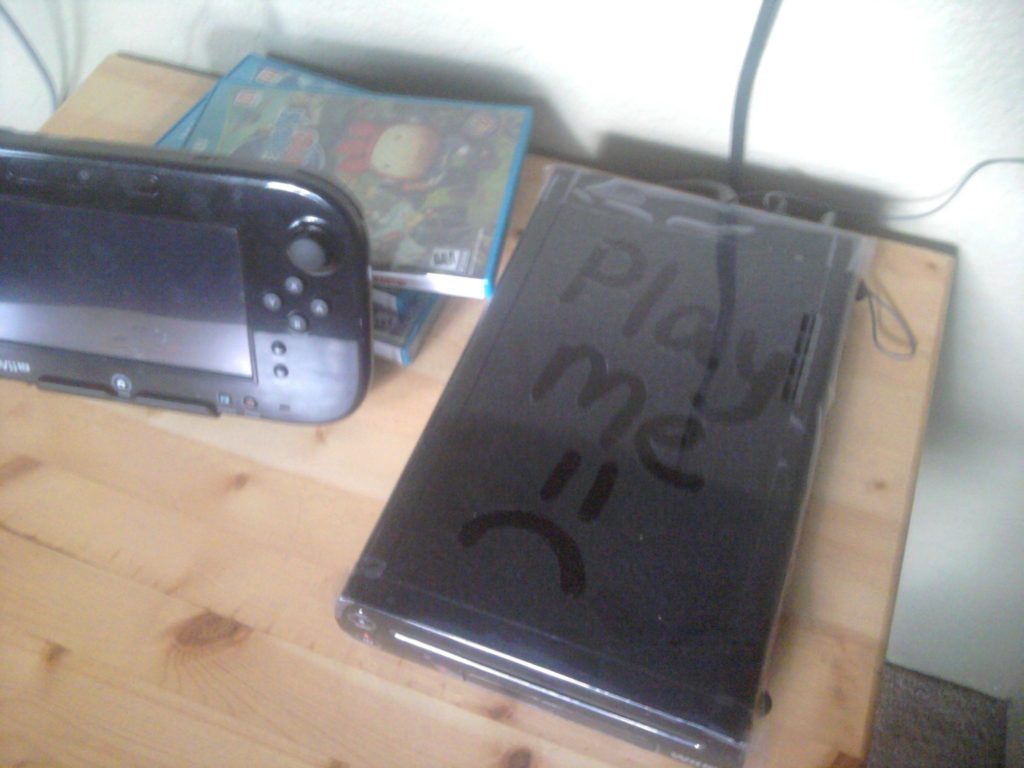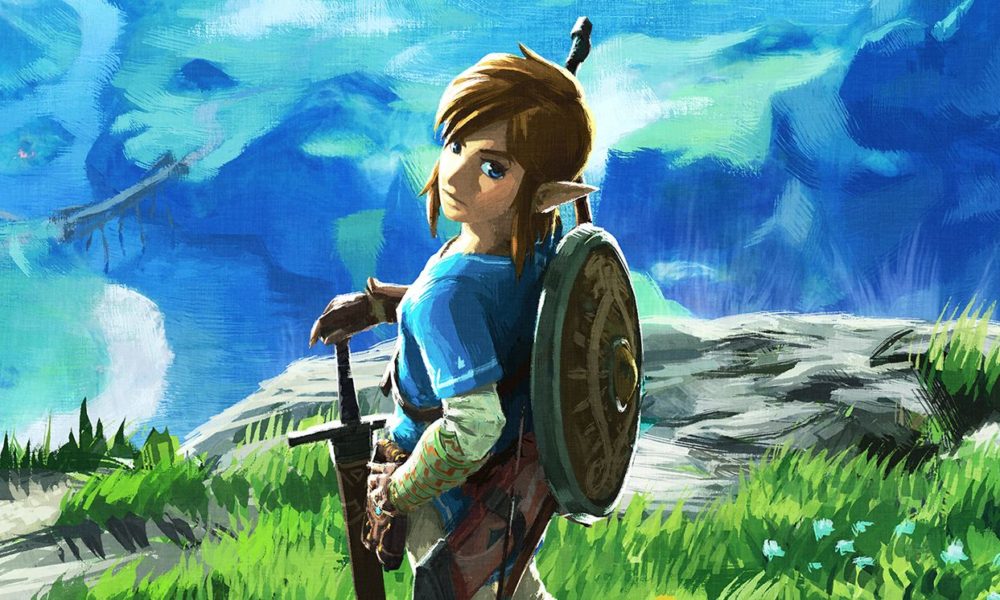Production for the Wii U was ended on Tuesday, January 31, 2017 as a result of years of neglect and an overexposure to dust. It was was released on November 18, 2012. The announcement of the console was greeted with bewilderment and confusion as consumers were unsure if the device was an “add-on” to the Nintendo Wii or if it was a separate piece of hardware. The Wii U’s first year included a lack of games that were released on the day that the system’s release date and an absence of third party support with repeated periods of software droughts for the console. As months passed, the initial sales for the console only justified the skepticism of third party developers. The eventual sales numbers for the device were downright pitiful with only 13.56 million worldwide which is dwarfed by more than 40 million in comparison to the Playstation 4’s 53.4 million. While the Wii U’s gamepad had the potential to provide a unique multi-screen gaming experience, it often hindered games such as Star Fox Zero as the task of checking both screen became an inconvenient chore. Despite this fault, there were a number of video games that emerged during the second half of the console’s lifespan including:
- Mario Kart 8
- Donkey Kong Country: Tropical Freeze
- Splatoon
- Super Smash Bros. for Wii U
- Mario Maker
- Bayonetta 2
- Pikmin 3
- Hyrule Warriors
- The Wonderful 101
These games served as noteworthy additions to the Wii U software library that deserved praise. There were even an array of indie games such as Shovel Knight, Affordable Space Adventures, Fast Racing Neo, and Runbow that found a home in the fledgling system; However, by the time that all of these games were released, it was apparent that the console would not be as successful as Nintendo had hoped it would be. The only other Nintendo consoles to have failed worse than the Wii U were the Virtual Boy (NA Release Date: August 16, 1995 – discontinued in less than a year) , the Nintendo 64 Disk Drive (Japan only release – Release Date: December 1, 1999 – only had ten games) and the Philips CD-i (NA & EU only release – Release date: December 3, 1991 – does not really count as a Nintendo console if you think about it). While the console was designed to be the successor for the once prosperous Nintendo Wii, the Wii U never lived up to its predecessor.
The Wii U was survived by its (more successful) handheld counterpart, the Nintendo 3DS as well as the upcoming Switch which will release on March 3, 2017. As the release date nears, the hype for the Switch expands, while the Wii U fades into the background. Hopefully, Nintendo does not repeat their mistakes with the Nintendo Switch, but only time will tell.
It’s saddening to see the console perish so soon but perhaps it is for the best.
Despite the end of production for the Wii U and a lack of upcoming titles for 2017 (the only game being The Legend of Zelda: Breath of the Wild), there are still some die-hard supporters for the new device. So who knows? Maybe in a couple of years, the device will get more love and join the ranks of the Neo-Geo Pocket Color, the PS Vita, the Sega Dreamcast and the Nintendo Gamecube in the group of underrated consoles that deserved better. Until then, may the Nintendo Wii U rest in piece.
On the bright side… it was still better than the OUYA.




Comments are closed.